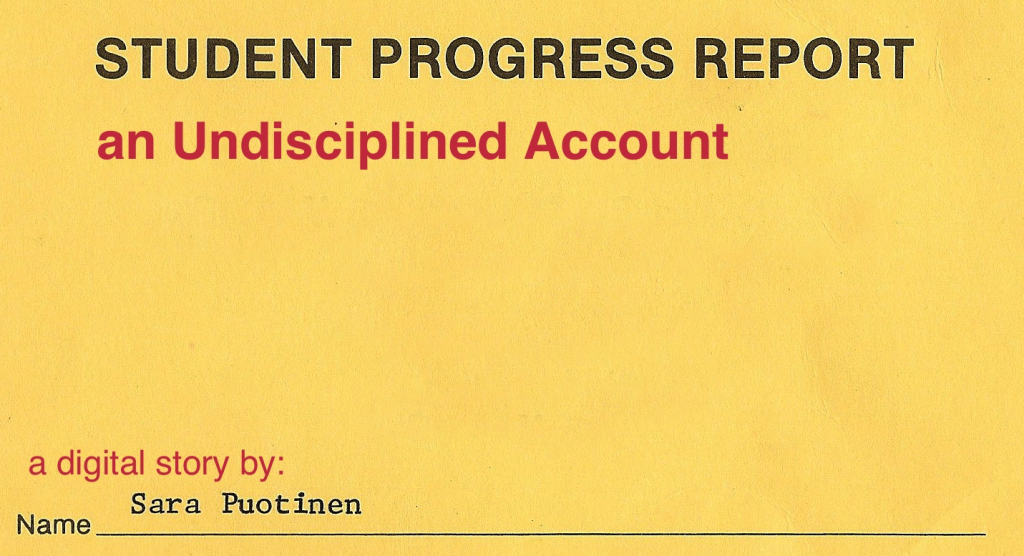Almost 10 years ago, STA and I did two digital videos about the Puotinen family farm. While the films that we made in 2002/2003 weren’t technically sophisticated (we used iMovie, a built-in microphone and some low quality/old photos), I am very proud of them. Through these films, I was able to document two extremely important parts of me (both of which are now gone): our family farm, sold in 2004, and my mom, who died in 2009.
Since the time of making those films, the technology has improved a lot and it’s even easier to create your own digital stories, using photos, voice-over, and video. iMovie is easy to use and there are lots of different apps for creating stories on your smarthphone or iPad. Additionally, communities of scholars, artists, activists and educators have cultivated and are promoting the value of creating and sharing stories digitally. There are classes on digital storytelling (like the awesome class at the University of Minnesota, taught by Rachel Raimist and Walt Jacobs) and a Center for Digital Storytelling (started in the mid-1900s).
While I’ve been aware of digital storytelling for several years now, I haven’t read that much about it or tried it out myself. Until now.
A few weeks ago, I started writing and thinking a lot about discipline and my own lack of it. The general topic of discipline and being a disciplinary problem aren’t really new for me; they are a focus of this blog. But, something about my current in-between state (in-between teaching gigs, in-between academic and non-academic spaces, in-between a love of learning and being burned out from the academy and formal education), has made the topic of my own un/discipline particularly personal and compelling. After writing a few blog posts about it, I remembered the one and only report card that I still have from my elementary school years: my first grade report card. Since this report card has a lot to stay about my lack of self-discipline, it seemed a perfect object/subject for an undisciplined experiment with digital storytelling.
I loved experimenting with images of the report card, old photos, and voice-over in order to be curious about and reflect on who I was in first grade and why I struggled so much with self-discipline (whatever that means). I also liked trying out iMovie (I chose it over final cut pro), pixelmator (instead of photoshop) and a Yeti microphone. Pretty cool. I’m looking forward to experimenting even more with it in future projects; I’m already hoping to do a different version about my report card in which I put my struggle with self-discipline in the larger context of race, class and gender in 1980s North Carolina. For now, here’s my first experiment: School Progress Report: An Undisciplined Account
Student Progress Report: An Undisciplined Account from Undisciplined on Vimeo.


Comments are closed.